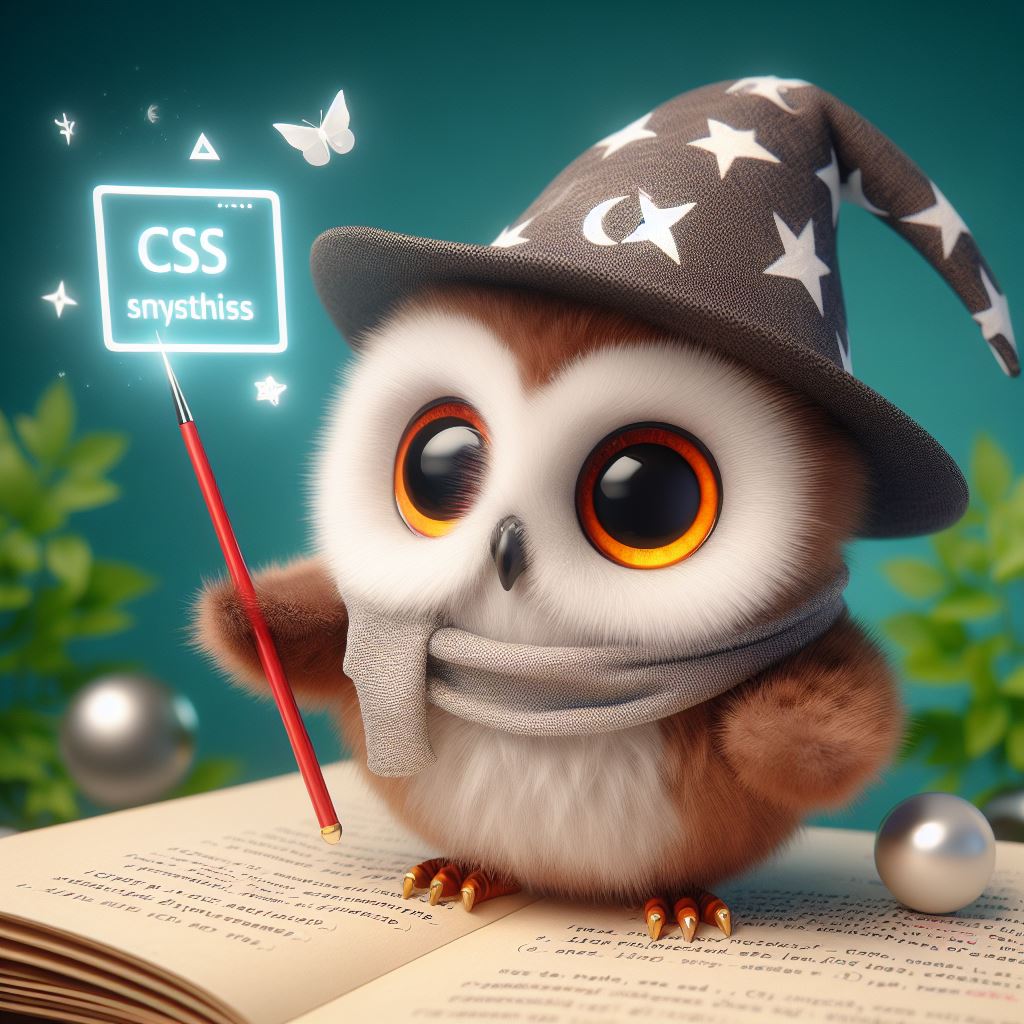
The world of CSS is constantly evolving, offering exciting new possibilities for developers to push the boundaries of web design and user experience. As we enter 2024, a wave of innovative techniques has emerged, promising to elevate your websites to new levels of creativity and interactivity. Let's delve into some of the most captivating tricks and see them brought to life with code examples:
Next-Level Layouts:
CSS
.container {
display: grid;
grid-template-columns: repeat(2, 1fr);
}
.sidebar {
grid-row: 1 / span 2;
display: grid;
grid-template-rows: repeat(2, 1fr);
}
.main-content {
grid-row: 1;
grid-column: 2;
}
.sub-content {
grid-row: 2;
grid-column: 2;
}
CSS
.image-container {
display: flex;
align-items: center;
justify-content: center;
width: 100%;
aspect-ratio: 16 / 9;
}
.image {
width: 100%;
height: 100%;
object-fit: cover;
}
Pushing the Boundaries of Animation:
CSS
.hero-text {
opacity: 0;
transform: translateY(50px);
transition: opacity 1s ease, transform 1s ease;
}
.hero-text.in-view {
opacity: 1;
transform: translateY(0);
}
window.addEventListener("scroll", function() {
const heroText = document.querySelector(".hero-text");
const heroTextRect = heroText.getBoundingClientRect();
const windowHeight = window.innerHeight;
if (heroTextRect.top <= windowHeight && heroTextRect.bottom >= 0) {
heroText.classList.add("in-view");
}
});
Unveiling Hidden Potential:
CSS
:root {
--primary-color: #333;
--secondary-color: #eee;
--font-size: 16px;
}
.heading {
color: var(--primary-color);
font-size: var(--font-size);
}
button {
background-color: var(--secondary-color);
}
CSS
@media only screen and (min-width: 768px) and (max-width: 1024px) {
.content {
grid-template-columns: repeat(2, 1fr);
}
}
Beyond the Norm:
@font-face to embed fonts and apply them to backgrounds, shapes, and borders, opening up unique design possibilities.CSS
@font-face {
font-family: "MyCustomFont";
src: url("my-font.woff2");
}
.button {
background: linear-gradient(to right, var(--primary-color), var(--secondary-color));
font-family: "MyCustomFont", sans-serif;
}
This is just a glimpse into the exciting possibilities that CSS offers in 2024. Remember, these are starting points. Experiment, explore, and combine these techniques to create unique and captivating experiences for your website.